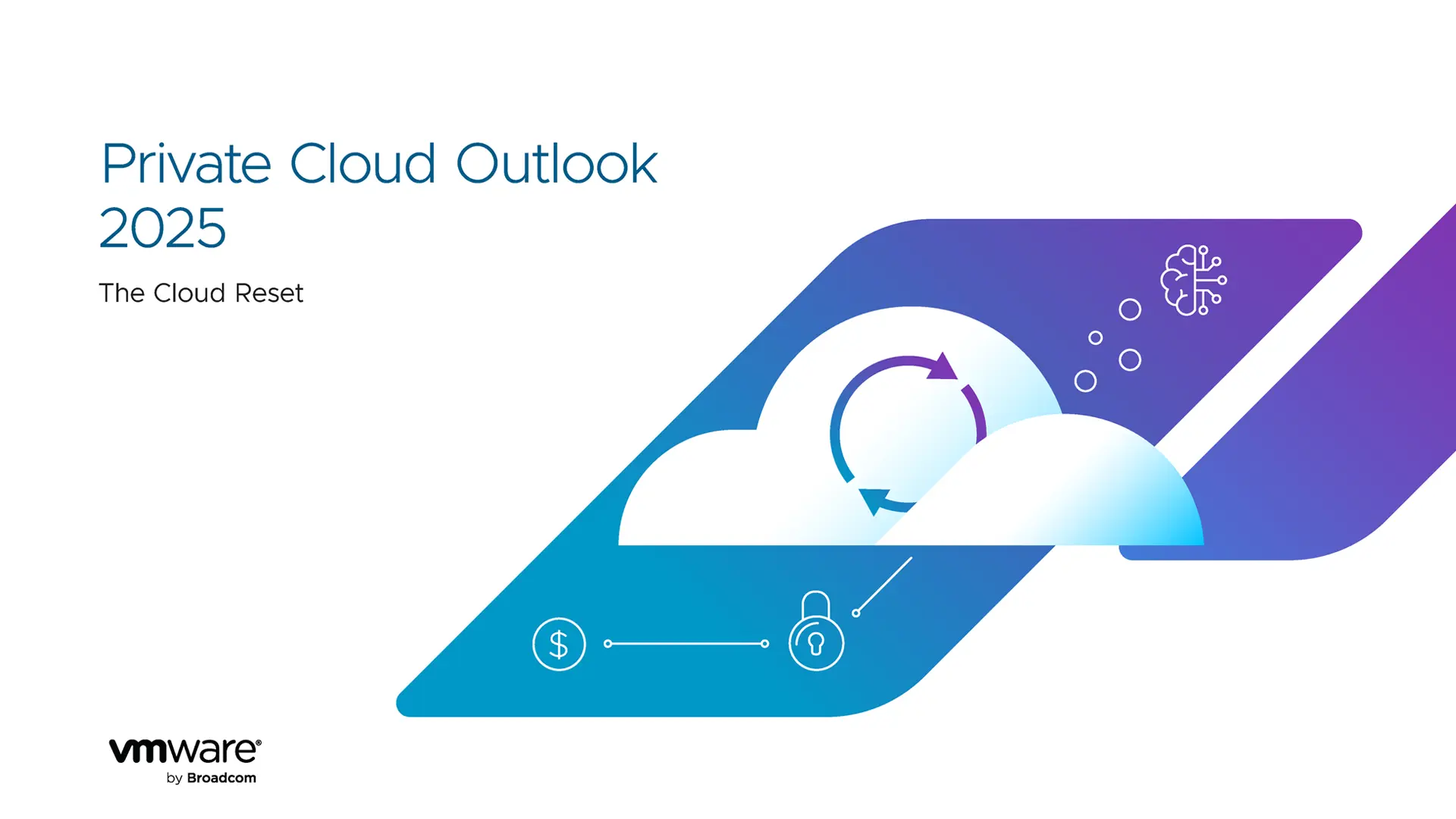Hosting infrastructure consists of physical hardware located in data centers globally, which can be vulnerable to risks we might not consider. As a business, it is vital to be aware of these risks and take preventative measures. Any disruption could cause downtime to your sites and applications. Our research showed 1 in 3 UK consumers would move to a competitors’ website after less than 30 seconds of downtime, highlighting the importance of keeping your sites online.
In this article, we explore how supply chain disruption, environmental factors, and physical security threats can be a risk to your hosting infrastructure, as well as how a hosting provider can help you to mitigate the risks to your business.
Supply chain disruption
The physical hosting infrastructure housed in data centers includes various hardware elements. The core components are servers, arranged in racks and stacked in server rooms, storage systems connected to the servers to store and manage data, and networking equipment such as routers, load balancers and firewalls. These components require uninterrupted power supply, and consistent temperature, managed by power and cooling systems. There will also be frequently overlooked elements of the infrastructure, such as cables.
All hardware elements need to be in place for sites and applications to run. Supply chain issues can have a serious impact on the availability of these elements. These issues can vary widely, and could include manufacturing delays, supply shortages, lost shipments or geopolitical tensions causing shipments to be held at customs.
A business may need additional physical resources to support their growing needs, new hardware to replace end-of-life components, or parts to perform maintenance and upgrades. If there are logistical issues getting these components to the data center, this can cause delays, which, in the worst case scenario, could cause outages and downtime.
Environmental factors
As hosting infrastructure is housed in physical data centers, it is vulnerable to environmental factors. Internet traffic is directed around the world using undersea cables, and satellites, which are similarly vulnerable.
Natural disasters, including earthquakes, hurricanes and floods can damage both data centers and internet transmission infrastructure. Extreme weather can cause damage, for example a heatwave which a data center does not have sufficient cooling systems to manage, or a storm damaging undersea cables. Satellites can sustain environmental damage through collisions with debris, or excess radiation.
Damage at a data centre can affect your platforms. If the platform does not have a disaster recovery site to fail over to, this can cause major disruption to sites and applications.
Damage to undersea cables and satellites can cause global connectivity problems, affecting internet service providers (ISPs). If your platform is dependent on a specific ISP, this again can cause disruption to your platform.
Physical security threats
We frequently discuss cybersecurity threats such as ransomware or phishing, which exploit weaknesses in software or human error. Physical security threats are considered less often, but can pose significant risk to internet infrastructure.
Physical security attacks can threaten data centres, communication facilities, and power grids supporting internet infrastructure. Attackers may break into a facility for the purposes of theft, vandalism and sabotage. The aim of these attacks may be to impact a single business, by targeting their servers, or cause widespread outages by attacking key internet exchange points.
How can you mitigate the risks to your hosting infrastructure?
As a business relying on the internet, it is vital to mitigate risks to your hosting infrastructure which could cause disruption to your sites and applications. You should consider approaches to mitigate risk during the setup of your environments, and when choosing a hosting provider.
There are general risk management strategies, and specific measures to protect against the risks above – supply chain disruption, environmental factors and physical security threats.
When setting up your platform, redundancy, backups and disaster recovery are essential to minimize risk. Working together, these strategies protect your platform should any issues occur.
As a business, diversifying your infrastructure can reduce the risk to you. A vendor-agnostic managed service provider (MSP) can spread your infrastructure across multiple data centers, run by different vendors, and utilize multiple ISPs. When you diversify your platform in this way, if any of the issues described hit one data center or vendor, it won’t affect your entire platform. If an environmental disaster damages the data center hosting your server, your disaster recovery plan kicks in and your platform can failover to another site. If one ISP suffers a physical attack to their facility, causing an outage, an alternative ISP can power your platform.
Mitigating against supply chain disruption
In addition to these general measures, there are methods to protect against supply chain disruption. Your provider should conduct a thorough risk assessment of all suppliers to identify any past incidents or potential future risks. By only using reputable suppliers you can minimize the risk of disruption.
An effective strategy to protect against supply chain disruption is supply chain mapping. All points of the chain are identified, and any potential chokepoints or vulnerabilities are analysed to inform a risk mitigation strategy. An experienced provider will employ this strategy, and will have a plan to manage any potential issues. This takes this worry away from you as an individual business.
It may not be possible to completely avoid all supply chain disruption, but early detection can allow for contingency planning. Real-time monitoring for shipping, stock levels, and potential geo-political issues can identify issues quickly. Your provider should also stay up to date on regulatory requirements and any changes which could impact the supply chain in all countries of operation.
Mitigating against environmental factors
To protect against environmental disasters, data centers can employ precautionary measures. This can include seismic bracing for earthquake protection, flood barriers, fireproofing, and temperature control. When selecting and working with a cloud provider, businesses should discuss with the provider what measures they use.
While measures should be in place to protect the data center, environmental disasters are unpredictable and cannot always be avoided. Disaster recovery is key to mitigating this risk. Setting up and maintaining a backup at an alternative site means that in the case of an environmental disaster affecting your primary site, your platform can fail over to your unaffected secondary site. Depending on your tolerance for downtime, you can use a hot disaster recovery solution, which fails over instantly, or warm disaster recovery which has a minimal amount of downtime before your secondary site starts running.
Mitigating against physical security threats
With regards to physical security, your hosting provider can minimize the risk to your platform. Your provider should equip their data centers with physical security measures. This can include intrusion prevention and detection systems, controlled access, and security staff. This will prevent any unauthorized access putting your hosting infrastructure at risk.
Protect your business
In summary, while there are a number of risks to the physical hosting infrastructure behind online sites and applications, there are also measures which can be taken to mitigate these and protect your business.
Working with a vendor-agnostic provider allows you to simply diversify your infrastructure. Your provider can advise on further specific measures to protect your individual platform, in addition to their overall measures protecting their infrastructure and data centers.
Consult with our experts today on how to protect and optimize your infrastructure. Fill out our contact form and we will be in touch.






